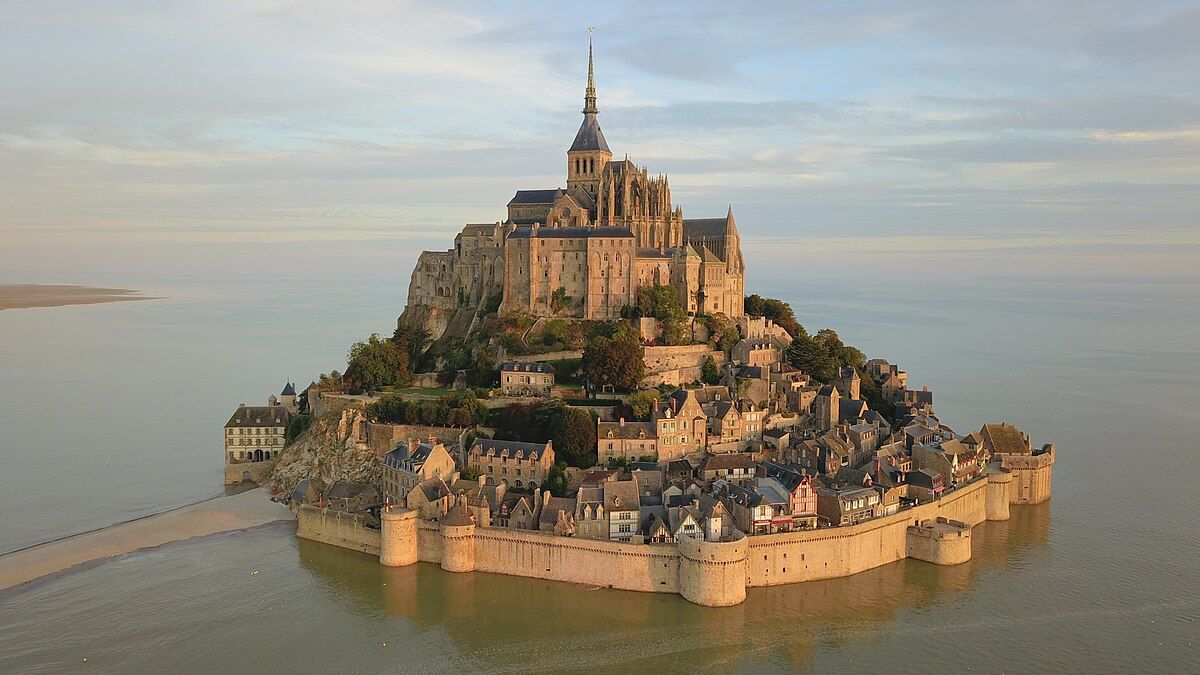
Mont Saint-Michel: Discover the Magic of France’s Hidden Gem
Mont Saint-Michel is one of the most iconic and mesmerizing landmarks in France. With its dramatic architecture, perched on a rocky island surrounded by a stunning bay, it looks like something straight out of a fairytale. In this article, we, along with Hotel Jardin De Neuilly, invite you to explore this amazing destination, uncovering its history, charm, and why it should be on your travel bucket list.
When you think of France, you probably think of Paris, vineyards, and stunning coastlines. However, Mont Saint-Michel is a true hidden gem, offering something completely different. It stands as a symbol of medieval architecture, natural beauty, and centuries of history. Whether you’re a history buff, architecture enthusiast, or simply someone looking to immerse yourself in a place full of mystique, this destination offers it all. Let’s dive into why Mont Saint-Michel should be at the top of your travel list.
Mont Saint-Michel Location and Contact Information
-
Location: Mont Saint-Michel, Normandy, France
-
Nearest Airport: Rennes–Saint-Jacques Airport (Approx. 1.5 hours by car)
-
Opening Hours: Open every day from 9:30 AM to 6:00 PM, with varying hours during the off-season.
Located off the coast of Normandy, Mont Saint-Michel is accessible by a causeway, which, depending on the tides, can either be submerged or fully exposed. This dramatic aspect adds to the island’s mystique, transforming the view from a medieval fortress into something far more magical.

The History Behind Mont Saint-Michel: From Abbey to Icon
Origins of Mont Saint-Michel: A Sanctuary and Fortress
Mont Saint-Michel dates back to the 8th century and was originally founded as a sanctuary by the Archangel Michael. According to legend, the archangel himself appeared in a vision to St. Aubert, the bishop of Avranches, instructing him to build a church on the rocky island. This simple sanctuary gradually transformed into a grand abbey, becoming a site of pilgrimage and a symbol of Christian power during the medieval period.
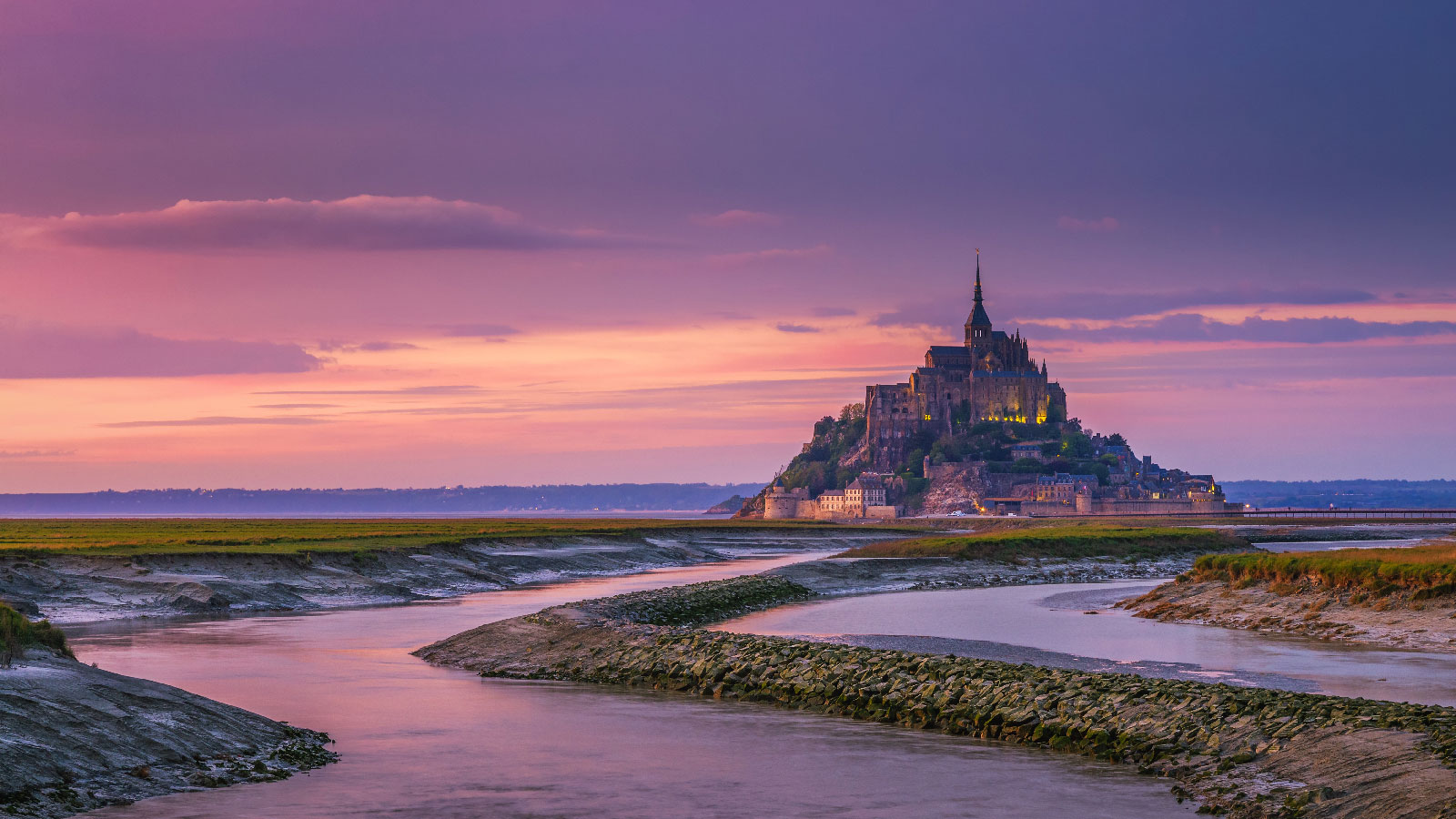
In the 10th century, Mont Saint-Michel was fortified and developed into a stronghold, thanks to its strategic location. Its towering abbey was both a place of worship and a fortification, offering sanctuary to the monks who lived there as well as to the locals during times of conflict. Over the centuries, the island became a beacon of both faith and military strength, and its architectural structure became more elaborate, attracting visitors from all over Europe.
Mont Saint-Michel’s Role During the Hundred Years’ War
One of the most significant moments in the history of Mont Saint-Michel was during the Hundred Years’ War. The island’s isolated position made it nearly impregnable, and it was used as a strategic stronghold during France’s conflict with England. The abbey resisted numerous attacks, and its walls remained undefeated, symbolizing the resilience and determination of the French people. It is said that the abbey’s resistance played a significant role in boosting the morale of the French forces during this tumultuous time.
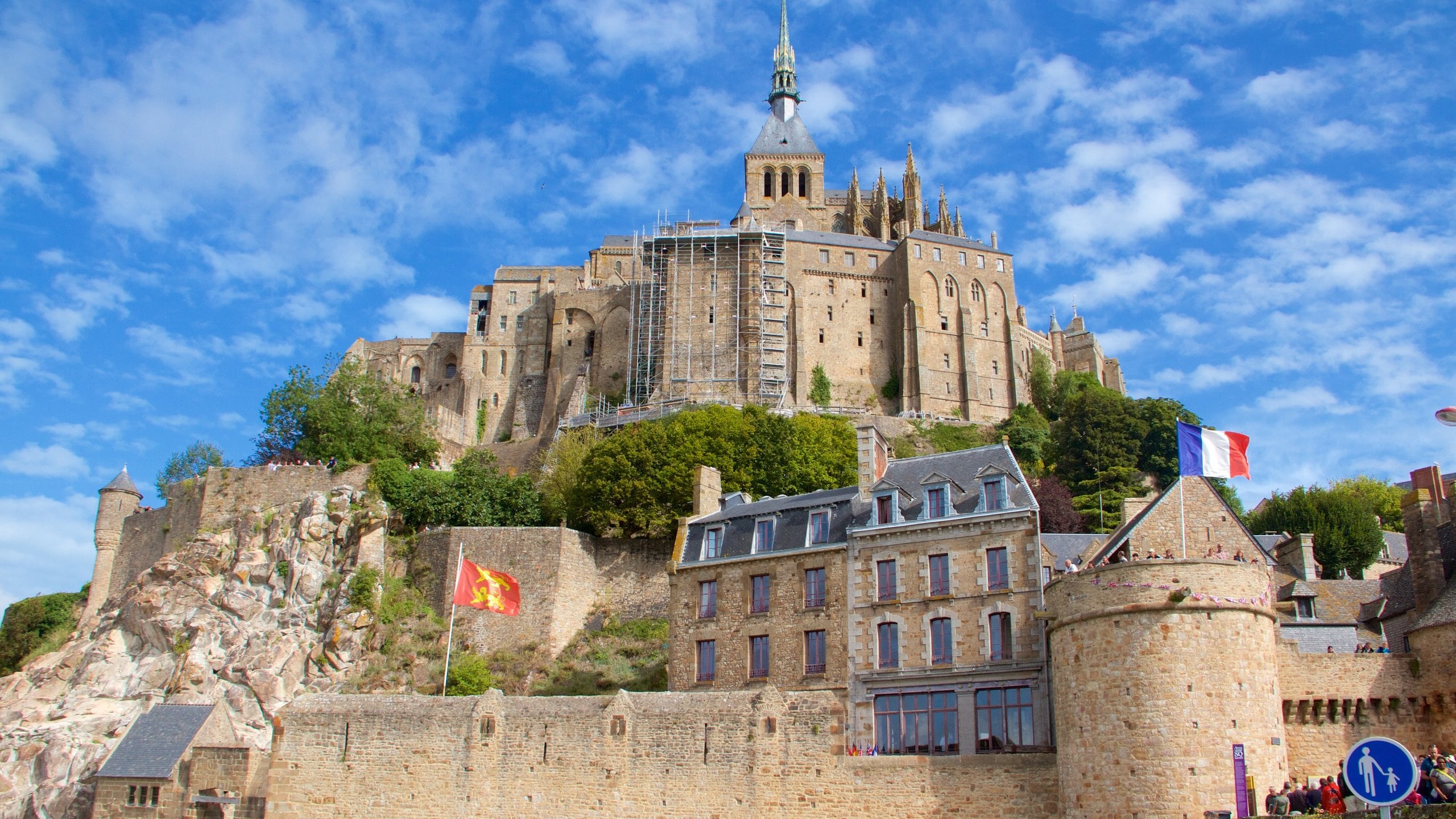
Exploring Mont Saint-Michel: What to See and Do
The Abbey at the Top: A Marvel of Architecture
The centerpiece of Mont Saint-Michel is undoubtedly its abbey. Perched atop the rocky island, the abbey offers panoramic views of the surrounding bay and countryside. The architecture is a mixture of Romanesque and Gothic styles, featuring soaring spires, intricate carvings, and beautiful stained-glass windows.
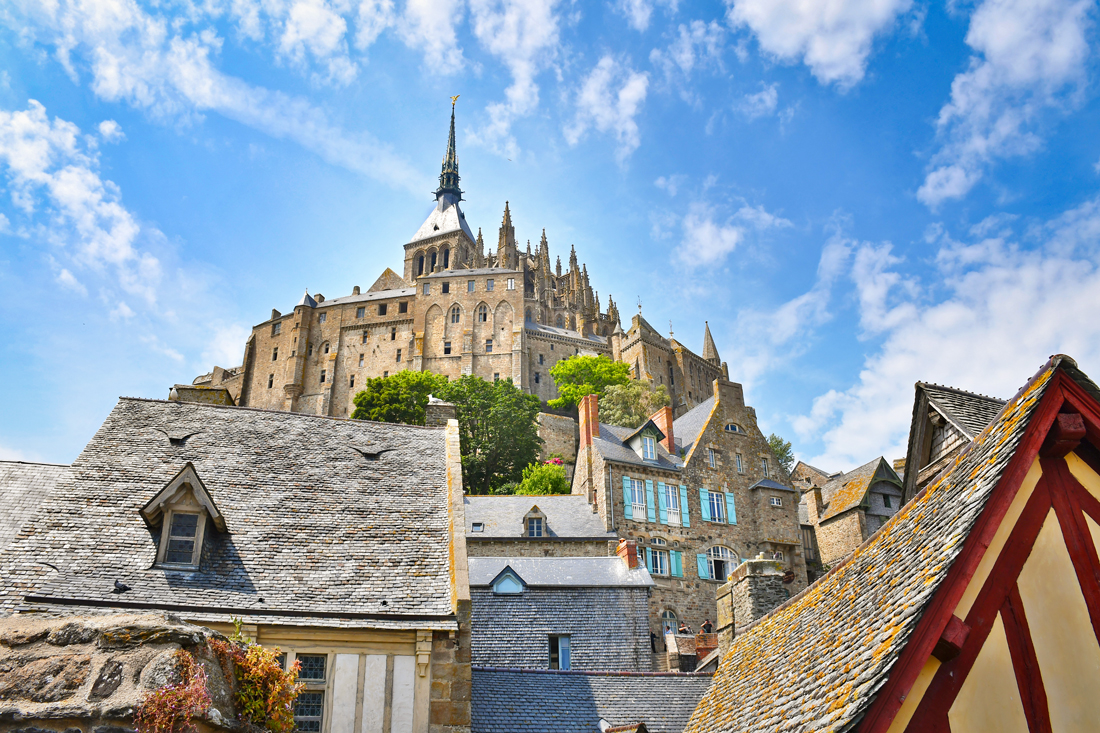
Inside the abbey, you’ll find a series of stunning rooms, including the cloisters, which provide a peaceful escape with views of the sea. The abbey’s grandeur is not only in its size but in its ability to blend seamlessly with the island’s natural beauty. Visitors can explore the various levels of the abbey, from the chapel at the top to the crypts below.
The Medieval Village: Wandering Through History
Once you’ve explored the abbey, take time to wander through the narrow streets of Mont Saint-Michel’s medieval village. As you make your way up the steep hill to the abbey, you’ll pass by cobblestone streets lined with charming shops, cafes, and small boutiques. These streets still echo the medieval ambiance, and many of the buildings have been preserved to offer a glimpse into life on the island during its heyday.
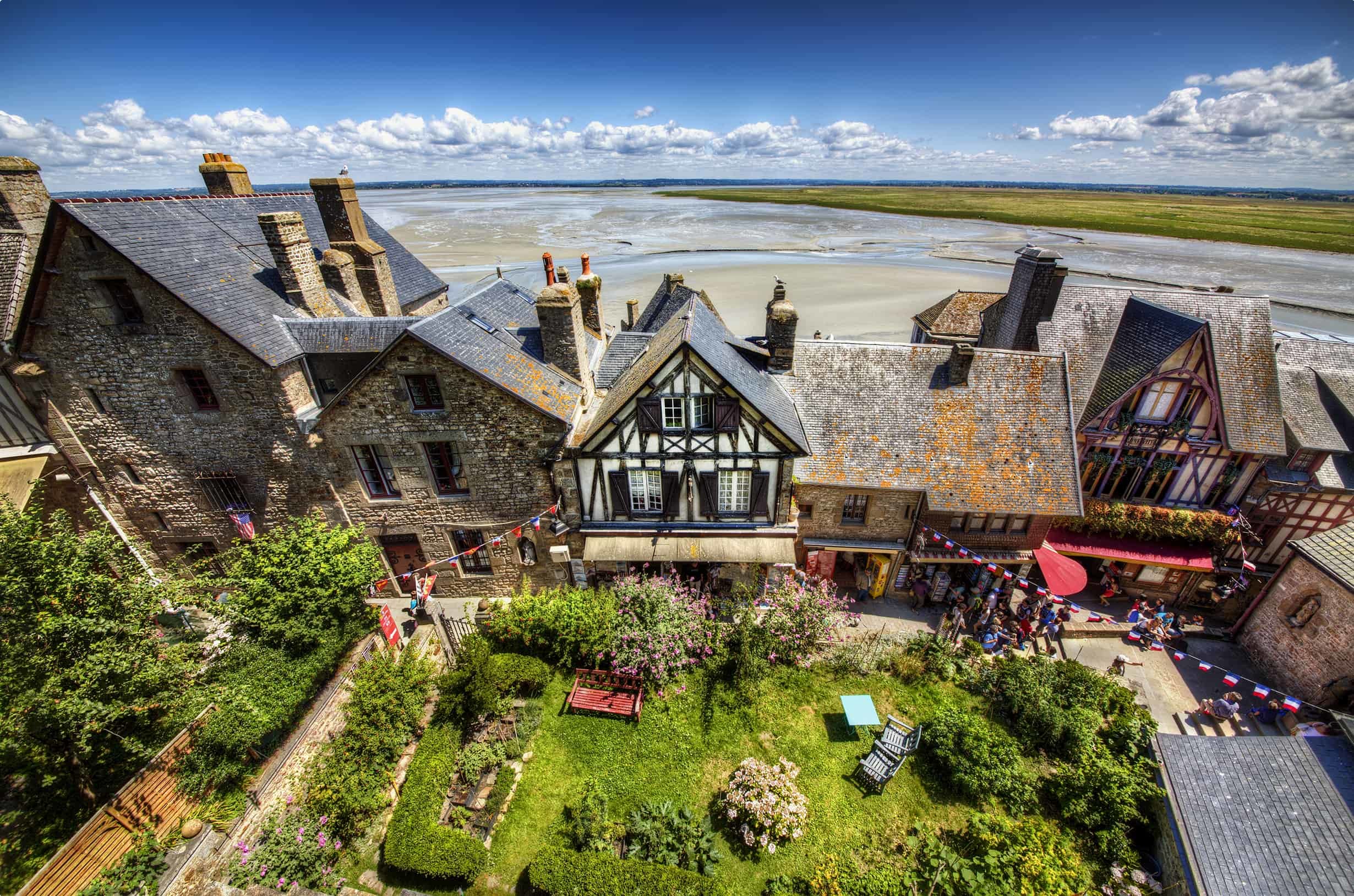
The village is a maze of winding alleys, staircases, and passages, so be prepared to get lost in the beauty of this ancient town. Don’t forget to stop by the local restaurants that serve traditional Normandy cuisine, including crepes, seafood, and the famous Camembert cheese.
The Tidal Phenomenon: The Beauty of the Bay
One of the most remarkable aspects of Mont Saint-Michel is its connection to the surrounding bay. Twice a day, the island becomes completely surrounded by the sea, as the tide comes in. The causeway that connects the island to the mainland disappears underwater, leaving the island completely isolated. This tidal phenomenon is one of the most unique aspects of the island, making it an even more magical destination to visit.

Visitors should plan their trip around the tidal schedule to fully experience this natural spectacle. The dramatic shift in the landscape, as the water rises and falls, creates a surreal atmosphere that makes the island appear to float on the sea.
How to Get to Mont Saint-Michel
Getting to Mont Saint-Michel can be an adventure in itself. While the island is located off the coast, it’s easy to access from various major cities in France. The nearest airport is Rennes, but you can also travel by train or bus from Paris, which takes approximately 3.5 hours. Alternatively, you can rent a car and drive through the beautiful Normandy countryside, which offers scenic views of the French landscape.
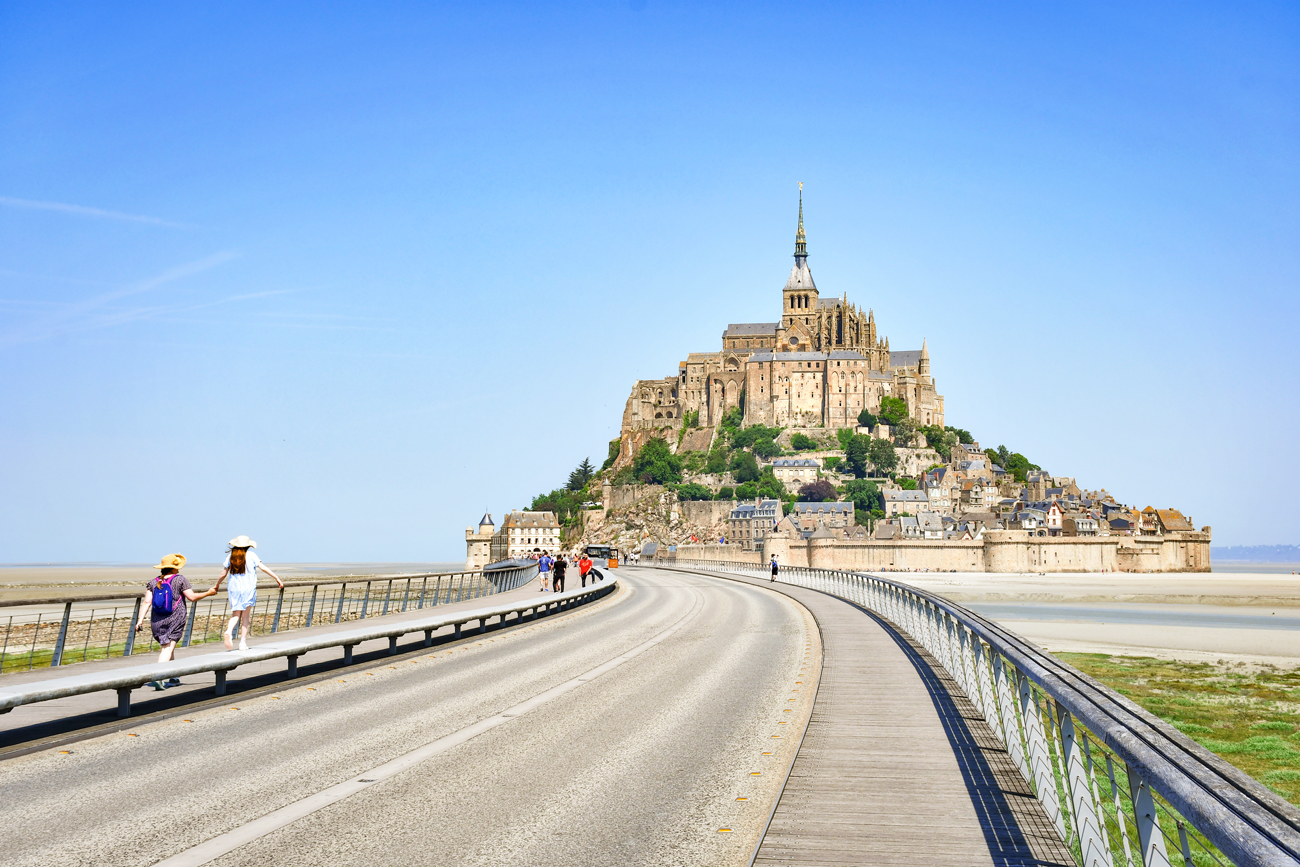
Once you arrive, parking is available near the entrance to the causeway. From there, you can either walk or take a shuttle bus to the island itself. The causeway is a popular spot for photographers, as it offers stunning views of the island from a distance, especially during sunrise and sunset.
Best Time to Visit Mont Saint-Michel
The best time to visit Mont Saint-Michel is during the spring and autumn months when the weather is mild, and the island is not as crowded. The summer months can be very busy, with tourists flocking to the island from all around the world. However, even in peak season, the experience is still magical.
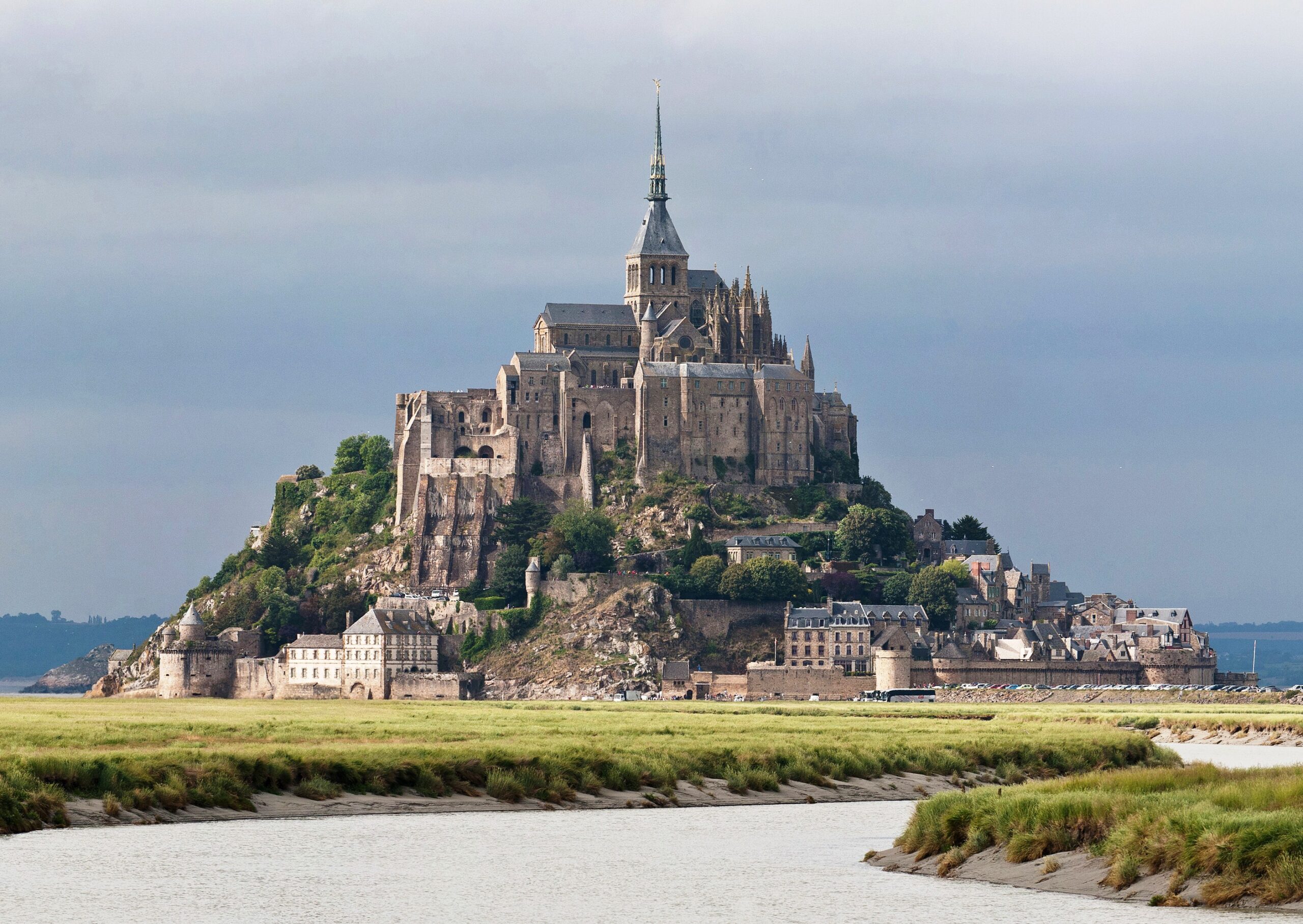
If you want to witness the tidal phenomenon at its most dramatic, consider visiting during the full moon or new moon, when the tides are at their highest. This is when you’ll get the most incredible views of the island surrounded by the sea.
Where to Stay Near Mont Saint-Michel
For those looking to stay close to Mont Saint-Michel, there are several charming hotels and accommodations available in the surrounding area. You can stay in the village itself for a truly immersive experience, or choose from nearby towns with easy access to the island.
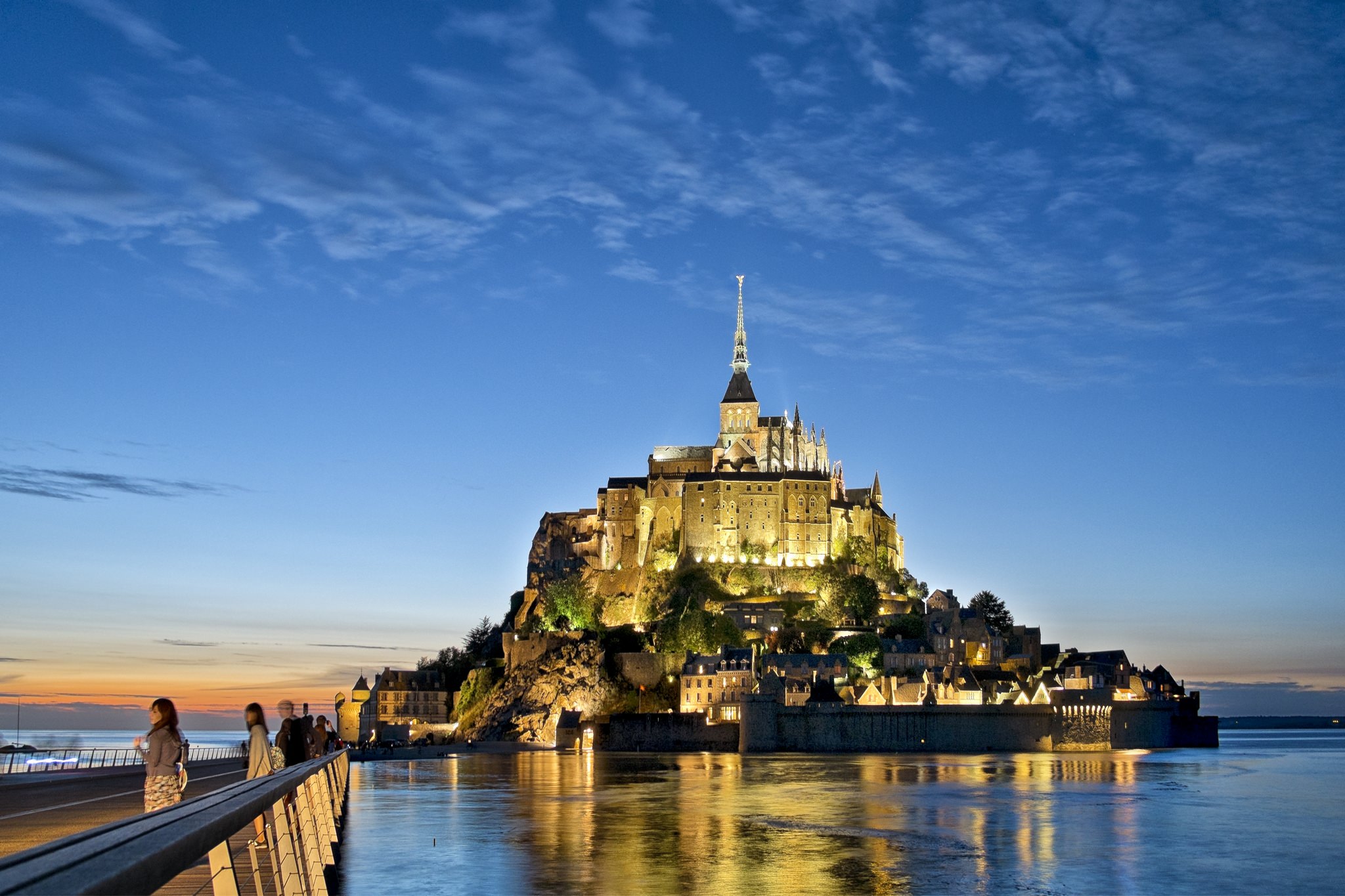
Whether you’re looking for a quaint bed and breakfast, a luxury hotel, or even a unique guesthouse, there are plenty of options to suit every budget. Make sure to book in advance, especially during the high season, as accommodations can fill up quickly.
Final Thoughts on Mont Saint-Michel with Hotel Jardin De Neuilly
Together with Hotel Jardin De Neuilly, we have explored Mont Saint-Michel, a destination that promises an unforgettable journey into history, culture, and natural beauty. Whether you’re wandering through its medieval streets, soaking in the spectacular views from the abbey, or witnessing the incredible tidal changes, Mont Saint-Michel offers an experience unlike any other.
With its rich history, captivating architecture, and unique setting, it’s no wonder that Mont Saint-Michel is one of the most visited sites in France. So, pack your bags, and prepare to step into a world where time stands still and history comes alive.